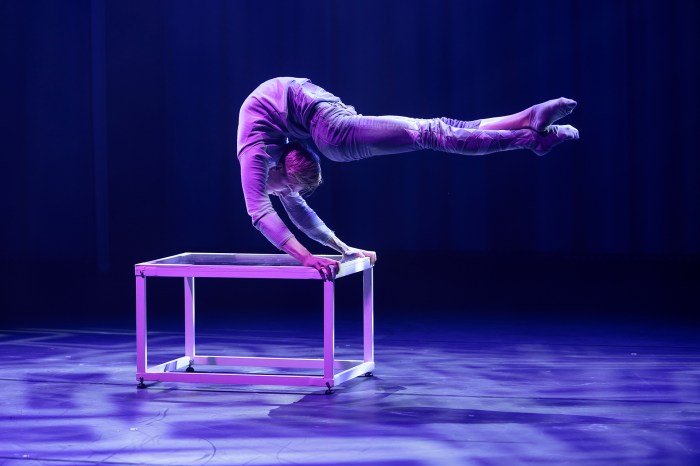
Like neon, diners or phone booths, Third Avenue offers a throwback to a vanishing New York, though one that summons far less nostalgia.
While nearly every expansive, multilane avenue in Manhattan has been outfitted with bus lanes, bike lanes or other improvements in safety and mass transit, Third Avenue — and Seventh — stand as the last old school, midcentury arterial roads in the heart of the city — a testament to a car-centric New York of planners past.
Third Avenue features a configuration of five travel lanes and two parking lanes for most of the avenue’s long stretch in Manhattan, from Cooper Square to 129th Street in East Harlem.
Sandwiched between the long bus lanes of Lexington Avenue and the protected bike lanes of Second Avenue, it’s lacking the modern-day traffic engineering principles that have pervaded most city avenues since the Bloomberg era.
Adrian Weiss, manager at Bicycles NYC (formerly known as Larry & Jeff’s Bicycles) on Third, said that the recent upgrades in bike infrastructure have helped nurture a new wave of bike commuters. He recalled the changes in bike culture that have occurred over the decades as Third Avenue remains more or less the same.
“Now, it’s shifted in part because of technology. … It’s safer to ride and crime is down,” Weiss said. “You’re seeing more people commuting on their bikes, willing to lock a $1,000 bike up outside.”
Daily cycling in New York City has surged by 350% since 1990, from 100,000 daily trips to 450,000 in 2015, according to city counts. Buses, mired in traffic that has led to decreases in speeds, have trended in the opposite direction and lost riders.
Yet Seventh and Third avenues have prioritized moving commuters essentially in the same way they have since the main section of the Third Avenue El was shut down in 1955: favoring those in cars first.
Sean Quinn, senior director of bicycle and pedestrian programs at the city’s Department of Transportation, said that’s because the department has wanted to watch how the recent completion of two major transit projects — the Times Square pedestrian plaza and the Second Avenue subway — impact traffic patterns on Third and Seventh avenues.
“We’re looking at how the subway itself impacts traffic in the neighborhood to get a better sense of how people are moving around and how traffic patterns change,” said Quinn. “Similar to Seventh Avenue, where there was a major construction project going on in Times Square, we didn’t want to get too far ahead of ourselves. … Once those projects settle into place, we can really see what’s happening.”
Quinn said that the DOT is looking to make improvements on both avenues soon. Concepts for Seventh Avenue are a bit further along than Third. The agency plans to unveil a Vision Zero redesign for the southern stretch of Seventh Avenue, as it turns into Seventh Avenue South, to the local community board as early as this spring. The redesign will be similar to the bicycle and pedestrian improvements made on Eighth and Ninth avenues, Quinn said.
A more piecemeal approach will continue for the time being on the 70-foot-wide Third Avenue, Quinn said. Expect more small improvements like the bus boarding island on Third and 57th Street and the left-turn traffic calming on Third and 80th Street.
Tom Angotti, a professor of urban affairs and planning at Hunter College, said that as the city continues to fill the bike and bus lane gaps in Manhattan for economical transit, it must balance the work with a greater effort to reduce vehicular traffic. Congestion pricing on Manhattan streets, conceptualized most recently in the Move NY plan, is key, he said. Mayor Bill de Blasio recently wrote off the idea, saying it wouldn’t be included in a forthcoming plan to address traffic in the city.
“One of the big problems in New York City is that we never had an integrated transportation plan involving all modes of transportation, unlike other large cities in the world where every subway stop has bicycle parking; every street has a bike lane; and every bus runs on an exclusive right of way,” said Angotti. “We don’t have that. The cars still rule.
“It’s going to take a lot more leadership from City Hall to change the system,” he continued. “And more support from Albany.”
In the meantime, the untouched Third Avenue has built a reputation among experienced cyclists like Weiss and couriers who are willing to bump elbows with taxi cabs in the name of a faster ride.

































